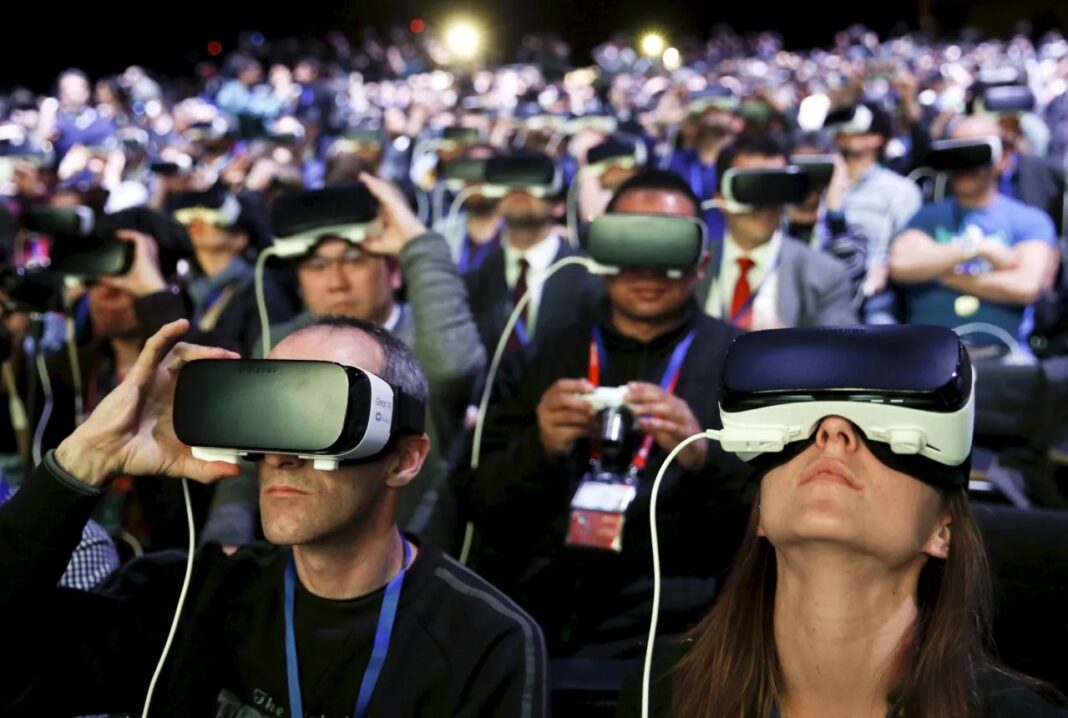Japanese scientists are developing a virtual reality (VR) game that could revolutionize the treatment of amblyopia, commonly known as lazy eye, in children. Traditional treatments often involve patching the stronger eye to force the weaker one to work harder—a method that many children find uncomfortable and are reluctant to follow. To address this, Sumitomo Corporation, in collaboration with the medical startup InnoJin Inc. and VR developer ImaCreate Co., has created a VR-based game that transforms therapy into an engaging experience.
The game simulates the traditional Japanese “kendama” toy, displaying vivid images to the weaker eye while rendering the stronger eye’s view blurred or transparent. This approach encourages use of the weaker eye, promoting visual improvement through interactive play.
The VR game is designed to be both therapeutic and enjoyable, aiming to increase compliance among young patients. By integrating therapy into a game format, children are more likely to participate willingly, potentially leading to better outcomes. The developers plan to conduct clinical studies to determine the optimal duration and frequency of gameplay needed for effective treatment. If successful, the game could be approved as a medical device and made available under Japan’s health insurance program as early as fiscal 2025.
This initiative is part of a broader trend exploring the use of VR in vision therapy. Studies have shown that VR training can improve visual functions such as accommodative facility and range, which are crucial for focusing on objects at varying distances. Additionally, VR has been utilized in other applications, such as detecting early stages of glaucoma through gameplay. These developments suggest that VR technology holds significant promise in the field of ophthalmology, offering innovative solutions for diagnosis and treatment.
While the VR kendama game is still undergoing clinical evaluation, its potential to transform amblyopia treatment is noteworthy. By combining medical therapy with engaging gameplay, it addresses the challenges of traditional methods and could lead to improved compliance and outcomes in pediatric patients. As VR technology continues to advance, its integration into eye care may offer new avenues for treating various visual disorders, making therapy more accessible and effective for patients worldwide.




